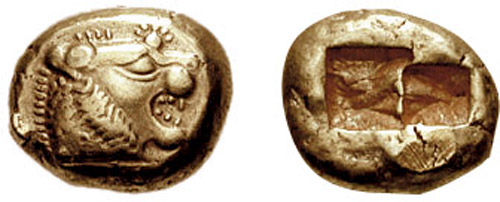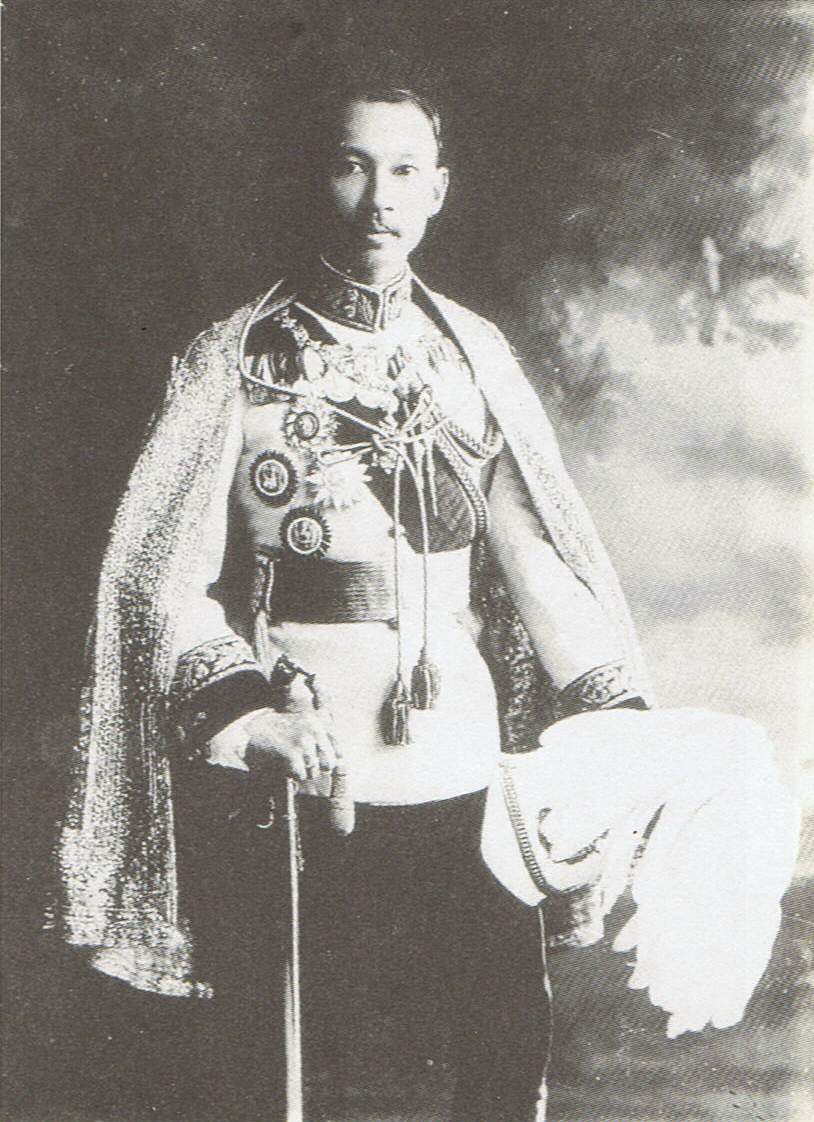|
Ramathibodi Hospital
Ramathibodi Hospital () is a university hospital of the Faculty of Medicine Ramathibodi Hospital, Mahidol University. and is a hospital capable of super tertiary care. It is a teaching hospital for all undergraduate students of the Faculty of Medicine Ramathibodi Hospital. History Following the Second National Economic and Social Development Plan (1964–1966), medical demands rose rapidly and the Thai government sought to increase the number of doctors and nurses in the country. In August 1964, the government cabinet approved the plan of setting up a new medical school which would be located around the Phaya Thai area, on the Thung Phaya Thai grounds owned by the Treasury Department and located opposite the Ministry of Industry. Furthermore, a new hospital called was also to be built on the site. On December 30, 1965, HM King Bhumibol Adulyadej graciously conferred upon the name of this new medical school "Ramathibodi" and laid the foundation stone for the faculty and hospital ... [...More Info...] [...Related Items...] OR: [Wikipedia] [Google] [Baidu] [Amazon] |
Logo Of Ramathibodi Hospital
A logo (abbreviation of logotype; ) is a graphic mark, emblem, or symbol used to aid and promote public identification and recognition. It may be of an abstract or figurative design or include the text of the name that it represents, as in a wordmark. In the days of hot metal typesetting, a logotype was one word cast as a single piece of type (e.g. "The" in ATF Garamond), as opposed to a Typographic ligature, ligature, which is two or more letters joined, but not forming a word. By extension, the term was also used for a uniquely set and arranged typeface or colophon (publishing), colophon. At the level of mass communication and in common usage, a company's logo is today often synonymous with its trademark or brand.Wheeler, Alina. ''Designing Brand Identity'' © 2006 John Wiley & Sons, Inc. (page 4) Etymology Online Etymology Dictionary, Douglas Harper's ''Online Etymology Dictionary'' states that the first surviving written record of the term 'logo' dates back to 1937, and ... [...More Info...] [...Related Items...] OR: [Wikipedia] [Google] [Baidu] [Amazon] |
Family Medicine
Family medicine is a medical specialty that provides continuing and comprehensive health care for the individual and family across all ages, genders, diseases, and parts of the body. The specialist, who is usually a primary care physician, is called a family physician. In certain countries family medicine is synonymous with general practice (with those who practice known as a general practitioner), though in other countries, this is a distinct field than Family medicine. Historically, the role of Family doctors was once performed by any doctor with qualifications from a medical school and who worked in the community. However, since the 1950s, family medicine has become a specialty in its own right, with specific training requirements tailored to each country. The names of the specialty emphasize its holistic nature and/or its roots in the family. It is based on knowledge of the patient in the context of the family and the community, focusing on disease prevention and health ... [...More Info...] [...Related Items...] OR: [Wikipedia] [Google] [Baidu] [Amazon] |
Hospitals In Thailand
Hospitals in Thailand are operated by both the public and private sector, to provide medical services for prevention, cure and rehabilitation of patients with medical and health-related conditions. The majority are operated by the Ministry of Public Health (Thailand), Ministry of Public Health (MOPH). Private hospitals are regulated by the Medical Registration Division under the MOPH's Department of Health Service Support following the ''Sanatorium Act, B.E. 2541''. Other government units and public organisations also operate hospitals, including the military, universities, local governments and the Red Cross. The full listing of hospitals can be accessed at List of hospitals in Thailand. Public hospitals Most public (i.e., state-owned) hospitals fall under the authority of the Ministry of Public Health. The majority of these are provincial hospitals under the aegis of the Office of the Permanent Secretary of the MOPH. Others are operated by the Department of Medical Services, D ... [...More Info...] [...Related Items...] OR: [Wikipedia] [Google] [Baidu] [Amazon] |
Healthcare In Thailand
Healthcare in Thailand is overseen by the Ministry of Public Health (MOPH), along with several other non-ministerial government agencies. Thailand's network of public hospitals provide universal healthcare to all Thai nationals through three government schemes. Private hospitals help complement the system, especially in Bangkok and large urban areas, and Thailand is among the world's leading medical tourism destinations. However, access to medical care in rural areas still lags far behind that in the cities. Infrastructure A subdistrict health promotion clinic, the most local level of healthcare infrastructure of MOPH, pictured here in Nakhon_Nayok_Province.html" ;"title="Ban Na District, Nakhon Nayok Province">Ban Na District, Nakhon Nayok Province , Thailand's population of 68 million is served by 927 government hospitals and 363 private hospitals with 9,768 primary care health units (SHPH clinics), responsible for Thai citizens’ health at the sub-district level. SHPH ha ... [...More Info...] [...Related Items...] OR: [Wikipedia] [Google] [Baidu] [Amazon] |
Health In Thailand
Thailand has had "a long and successful history of health development," according to the World Health Organization. Life expectancy is averaged at eighty years. Non-communicable diseases form the major burden of morbidity and mortality, while infectious diseases including malaria and tuberculosis, as well as traffic accidents, are also important public health issues. The Human Rights Measurement Initiative finds that Thailand is fulfilling 91.0% of what it should be fulfilling for the right to health based on its level of income. Water and sanitation In 2008, 98 percent of the population had access to an improved water source. Ninety-six percent of the population have access to improved sanitation facilities. Health status Non-communicable diseases form the major burden of mortality in Thailand, while infectious diseases including malaria and tuberculosis, as well as traffic accidents, are also important public health issues. The mortality rate is 205 per 1,000 adults for thos ... [...More Info...] [...Related Items...] OR: [Wikipedia] [Google] [Baidu] [Amazon] |
State Railway Of Thailand
The State Railway of Thailand (SRT) (, abbrev. รฟท., ) is the state-owned rail operator under the jurisdiction of the Ministry of Transport (Thailand), Ministry of Transport in Thailand. History The SRT was founded as the Royal State Railways of Siam (RSR) in 1890. Chulalongkorn, King Chulalongkorn ordered the Department of Railways to be set up under the Department of Public Works and Town and Country Planning. Construction of the Bangkok railway station, Bangkok-Ayutthaya railway station, Ayutthaya railway (), the first part of the Northern Line, was started in 1890 and inaugurated on 26 March 1897. The Thon Buri railway station, Thon Buri-Phetchaburi railway station, Phetchaburi line (), later the Southern Line, was opened on 19 June 1903. The first railway commander of the RSR was Purachatra Jayakara, Prince Purachatra Jayakara, Prince of Kamphaengphet. The Northern Line was originally built as , but in September 1919 it was decided to standardize on and the Northern ... [...More Info...] [...Related Items...] OR: [Wikipedia] [Google] [Baidu] [Amazon] |
Abhakara Kiartivongse
Admiral Prince Abhakara Kiartivongse, Prince of Chumphon Province, Chumphon (19 December 1880 – 19 May 1923) (, , full title: ), was the 28th child of King Chulalongkorn (Rama V). He was commonly revered as "The Father of the Royal Thai Navy, Thai Navy". As the founder of the Thai Navy (then known as the 'Royal Siamese Navy'), Abhakara was highly praised by many Thais as "Sadej Tia" (; lit. Lord Father), "Mor Phon" (; lit. Doctor Phon). The Thai Royal Navy officially granted him the title of "the Father of the Thai Navy" in 1993. There are 217 shrines and memorials built to honour him around Thailand. The most famous of these is the Prince of Chumphon Shrine at Hat Sai Ree in Chumphon Province, where he recuperated and rehabilitated from his illnesses, before his death on 19 May 1923. Career Prince Abhakara Kiartivongse was born on 19 December 1880. His mother, ''chao chom manda'' Mot (Mot Bunnag), was a royal concubine from an aristocratic but non-royal family, which meant t ... [...More Info...] [...Related Items...] OR: [Wikipedia] [Google] [Baidu] [Amazon] |
Sirindhorn
Maha Chakri Sirindhorn, Princess Royal () (born 2 April 1955) is a member of the Thai royal family. She is the second daughter of King Bhumibol Adulyadej and Queen Sirikit, and the younger sister of King Vajiralongkorn. Early life Birth Sirindhorn was born on 2 April 1955, at Amphorn Sathan Residential Hall, Dusit Palace, the third child of King Bhumibol and Queen Mother Sirikit. As the royal couple has only one son, the Thai constitution was altered in 1974 to allow for female succession. This made Princess Sirindhorn second-in-line to the throne (after Vajiralongkorn) until the birth of Princess Bajrakitiyabha in 1978. Early education Sirindhorn attended Kindergarten, Primary and Secondary at Thailand's most exclusive school: The Chitralada School which was established for the children of the Royal Family and Palace staff.Sut.aceducation information She ranked first in the National School Examinations in primary level (grade 7) in 1967, in upper secondary level ( ... [...More Info...] [...Related Items...] OR: [Wikipedia] [Google] [Baidu] [Amazon] |
Neurological Institute Of Thailand
Neurology (from , "string, nerve" and the suffix -logia, "study of") is the branch of medicine dealing with the diagnosis and treatment of all categories of conditions and disease involving the nervous system, which comprises the brain, the spinal cord and the peripheral nerves. Neurological practice relies heavily on the field of neuroscience, the scientific study of the nervous system, using various techniques of neurotherapy. IEEE Brain (2019). "Neurotherapy: Treating Disorders by Retraining the Brain". ''The Future Neural Therapeutics White Paper''. Retrieved 23.01.2025 from: https://brain.ieee.org/topics/neurotherapy-treating-disorders-by-retraining-the-brain/#:~:text=Neurotherapy%20trains%20a%20patient's%20brain,wave%20activity%20through%20positive%20reinforcement International Neuromodulation Society, Retrieved 23 January 2025 from: https://www.neuromodulation.com/ Val Danilov I (2023). "The Origin of Natural Neurostimulation: A Narrative Review of Noninvasive Brain S ... [...More Info...] [...Related Items...] OR: [Wikipedia] [Google] [Baidu] [Amazon] |
National Cancer Center (Thailand)
National Cancer Center ("NCC" or "Center"), founded in 1953, is a (501)(c)(3) not-for-profit organization in the United States that funds young cancer researchers who are working to discover how the body's immune system sees and responds to cancer when it initially develops and why certain cancer cells are resistant to different treatments. The organization also provides educational information to the public on the prevention, diagnosis and treatment of cancer. Grants are awarded based on the recommendations of NCC's Scientific Advisory Board, which uses National Institutes of Health evaluation standards. Scientific Advisory Board members are cancer research professionals, headed by Dr. Darell Bigner, founder and director of Duke University’s Preston Robert Tisch Brain Tumor Center, the largest brain tumor research facility in the country. Other Grant Review Committee members represent such institutions as the Dana-Farber Cancer Institute, the University of Pittsburgh Cancer ... [...More Info...] [...Related Items...] OR: [Wikipedia] [Google] [Baidu] [Amazon] |
Da Vinci Surgical System
The da Vinci Surgical System is a robotic surgical system that uses a minimally invasive surgical approach. The system is manufactured by the company Intuitive Surgical. The system is used for prostatectomies, increasingly for cardiac valve repair and for renal and gynecologic surgical procedures."Robots as surgical enablers" ''MarketWatch''. 3 February 2005. Retrieved 17 March 2013. . ''''. 4 May 2008. Retrieved 17 March 2013. It was used in an estimated 200,000 surgeries i ... [...More Info...] [...Related Items...] OR: [Wikipedia] [Google] [Baidu] [Amazon] |






